Spinal Decompression
Exceptional care for disc health
Who can benefit from computer-assisted disc decompression?
Patients with:
- Herniated disc (bulging disc)
- Current or pre-existing lumbar or cervical sprain
- Lumbago
- Sciatica
- Numbness in the hands and arms
- Disc degeneration
- Osteoarthritis (joint degeneration)
- Facet syndrome
- Neck pain (cervical)
- Lower back pain (lumbar)
- Headaches
* It is possible to delay or even in some cases to avoid having recourse to cortisone injections and/or disc surgery. Careful assessment of your condition will allow us to determine if you are a candidate for neuro-spinal decompression.
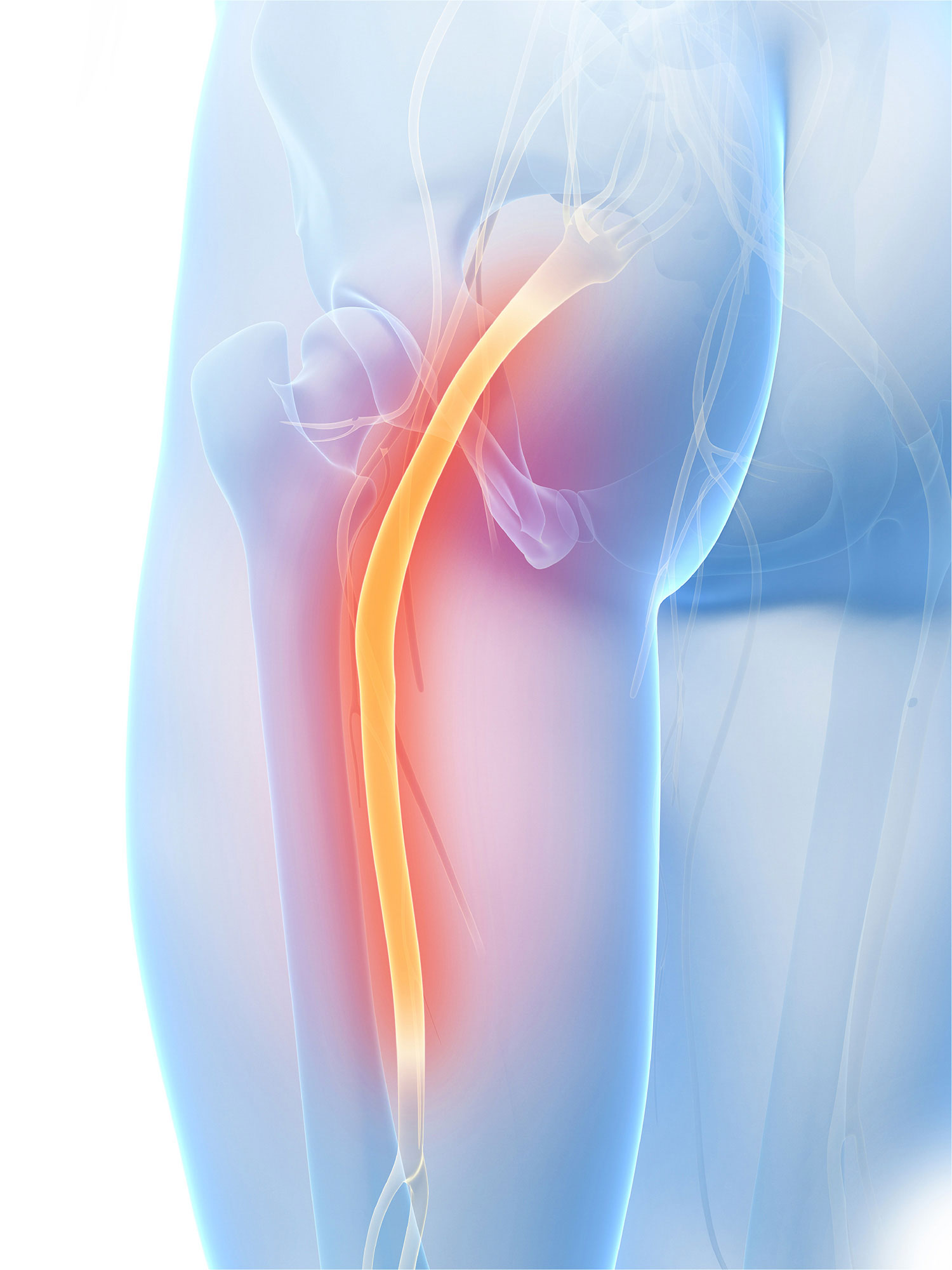
The SpineMed® solution – affordable, effective and safe
This sophisticated, computer-assisted therapy, allows us to specifically target injured discs and joints, thereby providing safe and comfortable treatment. The SpineMed® spinal decompression table is designed in such a way as to directly capture (without a cable or belt) and measure the patient’s body response. It acts by alternating gentle stretching followed by a moment of relaxation adapted to your condition.
This high-tech device is capable of adjusting tension in real time in order to maintain essential muscle relaxation and optimal decompression. Plus, the SpineMed® table’s computer system takes 400 readings per second, making it one of the best and safest treatments possible.
Disc decompression has as its first objective to slow down disc erosion and cracking. By creating negative pressure through gentle elongation, it stimulates the physiological mechanism responsible for pumping nutrients and fluid to the disc.
Disc decompression has as its second objective to regain space required to reduce the output of disc material in those suffering from a bulging or herniated disc. This also reduces pressure on the nerves.
Finally, its third and last objective is to allow the healing of the wound and the preservation of existing cartilage cells.
Depending on the condition, treatment can be accompanied by chiropractic adjustments, nutritional supplements as well as muscle-strengthening exercises so as to achieve the best possible end result.The difference
At first sight, spinal decompression tables all look the same, but as with everything else, quality and performance vary.
We have chosen the best of what the market has to offer; the SpineMed® decompression table which is approved by Health Canada. SpineMed® is a Canadian company and has been a leader in its field for over 10 years.
We therefore have the pleasure of offering you SAFE AND EFFECTIVE disc decompression care.
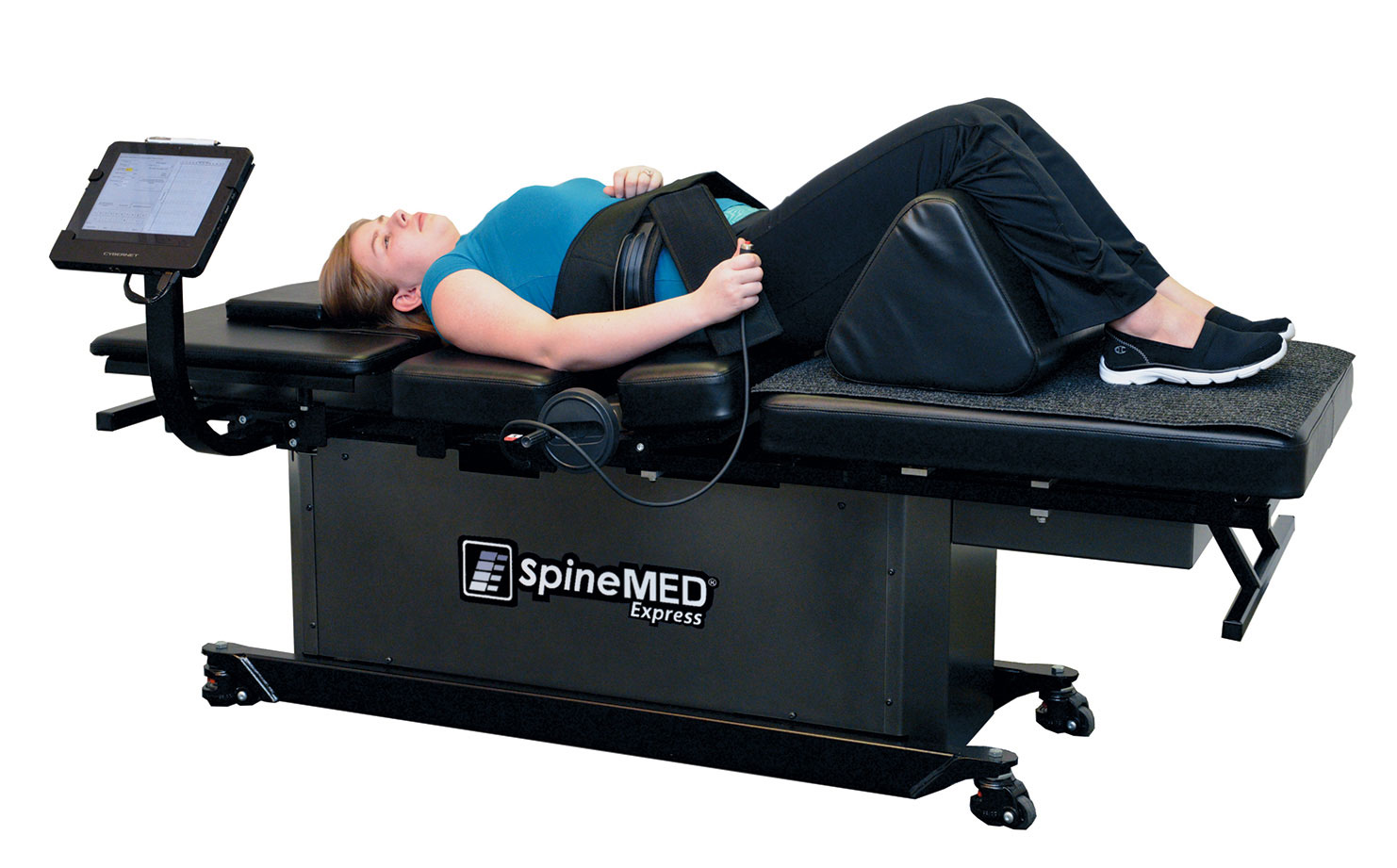
What is intervertebral and disc decompression?
Intervertebral disc pathologies are among the major causes of neck and back aches in our modern world. Every year they contribute to the astronomical cost of health expenditure. The fragile discs located between the vertebrae are subject to injury and degeneration when they undergo compression and torsion during daily activities or are subjected to chronically poor posture.
An intervertebral disc is constituted of a fibrous peripheral ring (made up of 90% water) with at its centre, a gelatinous nucleus that is resistant to compression and responsible for disc height. Following trauma, a sprain or extended postural misalignment, the fibrous ring can crack and the gaps thus created lead to leakage of the nucleus. This results in a localized disc protrusion (disc herniation) into the canals through which the spinal cord and nerves pass. This is only visible using magnetic resonance imaging (MRI).
The ensuing nerve compression causes intense pain and numbness along nerve pathways (ex. sciatic nerve), which can, in serious cases, lead to a possible loss of sensitivity and strength in the arms and legs, to lameness and even incontinence.
Damage to an invertebral disc eventually leads to its deterioration due to dehydration and a decrease in its height. This in turn brings about premature and gradual wear to the articular cartilage on either side of the affected disc. The progressive ankylosis of tendons and ligaments surrounding the joints and the formation of bone spurs indicate the onset of osteoarthritis (or degenerative arthritis) which creeps in insidiously and eventually blocks orifices through which the spinal cord and nerves pass. Damaged invertebral discs can never be completely regenerated because they are subject to a constant pressure, even when one is at rest.
SpineMed® late-breaking technology accomplishes disc and invertebral joint decompression by means of computer-assisted spinal stretching, which promotes the hydration of discs and damaged joints. Fine tuning of joint spacing can allow for some easing of nerve compression, thereby reducing painful symptoms.
For best results, contact us as quickly as possible following a disc injury. Note however that it is never too late to benefit from computer-assisted neuro-spinal decompression and that it is also used in patients suffering from severe osteoarthritis.

Treatment Protocol
Our experienced clinicians carefully assess your condition in order to determine if this type of treatment is indicated for you. If so determined, we proceed to develop a therapeutic strategy tailored to your needs and medical diagnosis.
The complete treatment protocol generally spans a period of 6 to 8 weeks*.
- The initial period (weeks 1 to 3) is more intensive and is aimed at reducing inflammation and pain by decreasing pressure on invertebral discs.
- Subsequent treatments (weeks 3 to 8) are aimed at initiating the disc regeneration process.
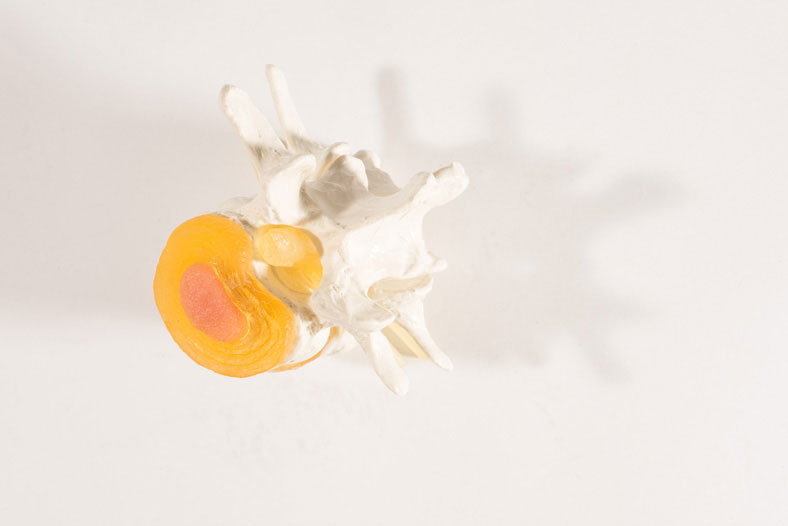 Healthy disk
Healthy disk
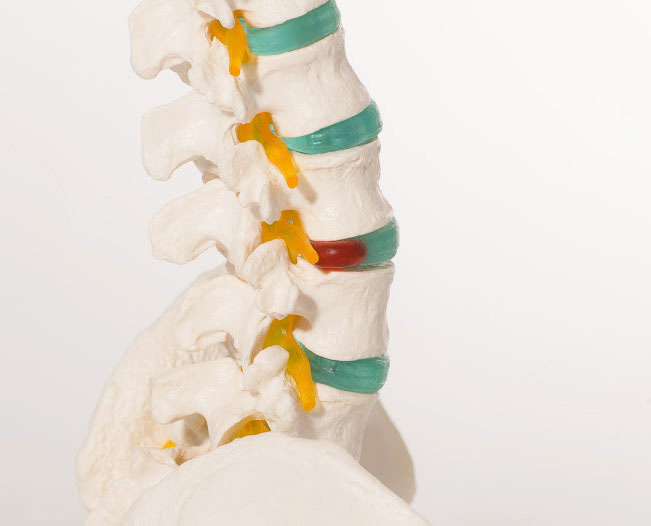 Herniated disc
Herniated disc
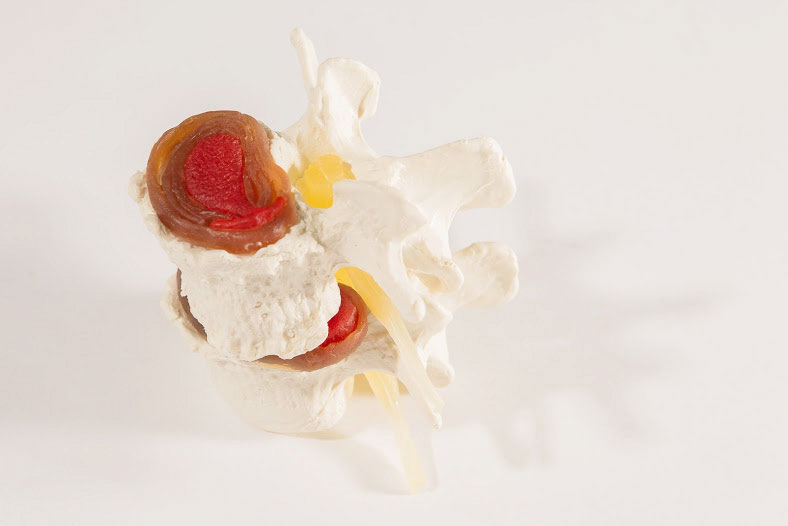 Herniated disc with degeneration
Herniated disc with degeneration


